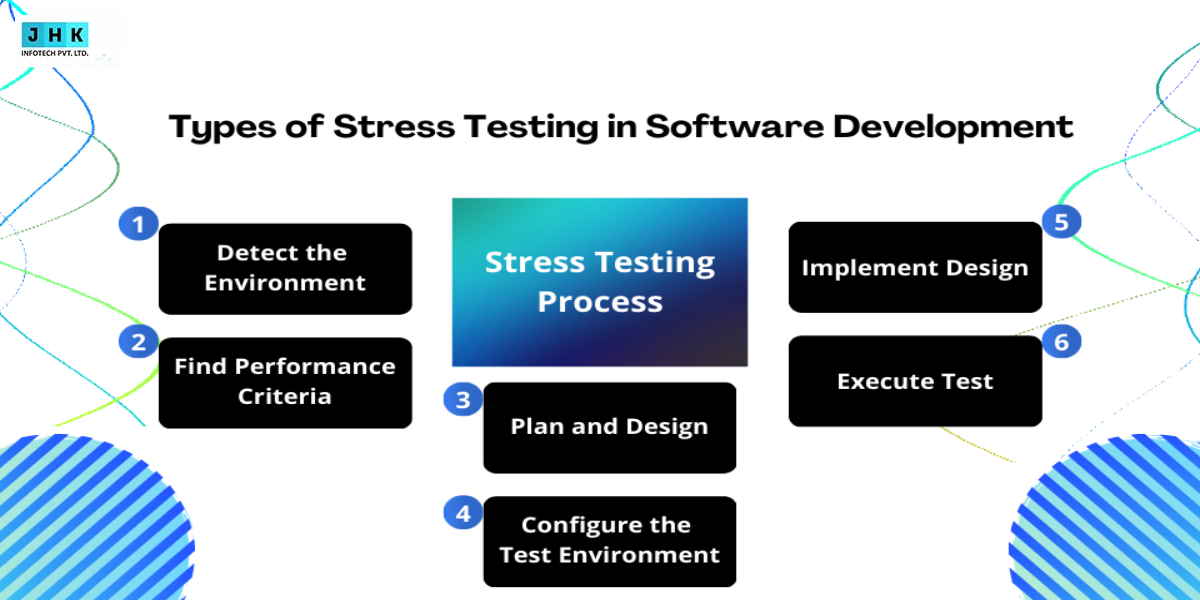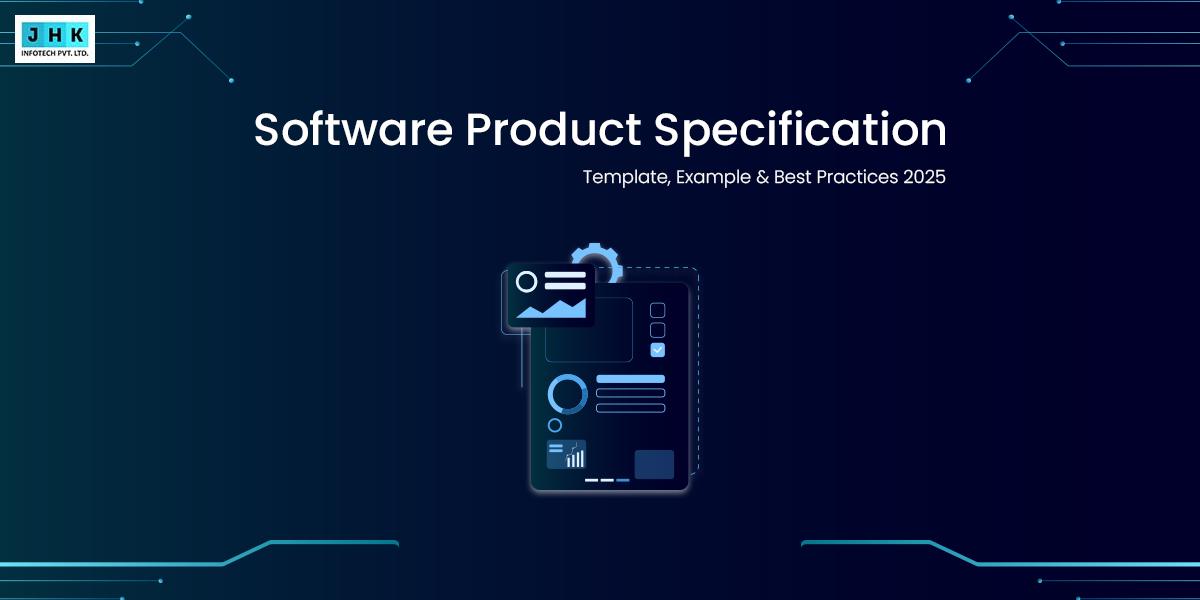Exploring the Different Types of Stress Testing in Software Development

In the dynamic landscape of software development, ensuring the reliability, robustness, and performance of applications is paramount. One of the most critical processes in achieving this goal is stress testing. As software systems become increasingly complex and integral to business operations, it becomes imperative to assess their capacity to handle extreme conditions. Stress testing is designed to evaluate how a system behaves under high loads or stress, helping to identify potential weaknesses before they manifest in production environments.
The importance of stress testing cannot be overstated. In modern software development, performance is a critical factor that influences user satisfaction, retention, and the overall success of an application. By subjecting systems to stress conditions, developers gain valuable insights into their limitations, enabling them to optimize the software’s performance, prevent failures, and ensure its resilience under extreme circumstances.
What is Stress Testing?
Stress testing is a type of performance testing that evaluates a system’s behavior under extreme conditions, pushing it beyond its operational limits. This testing method aims to identify the breaking points of a system—such as when it crashes or slows down significantly—by applying a load that exceeds normal usage. The key purpose is not to ensure the system operates under regular conditions, but rather to examine its resilience and behavior when faced with stress factors.
Unlike other forms of testing, such as functional or load testing, stress testing is focused specifically on evaluating the system’s performance when it encounters unusually high levels of traffic or usage. While load testing measures performance under expected conditions, stress testing pushes the system beyond these limits to assess how it handles overloads and recoveries.
Why Stress Testing is Crucial for Software Projects
Ensuring Software Performance Under High Loads
The primary reason for stress testing is to determine whether a system can maintain functionality and performance under unexpected spikes in usage. Whether it is a sudden surge in web traffic or an unforeseen increase in transaction volume, stress testing simulates these situations to ensure that the system can withstand the load. It helps developers to understand the software’s maximum capacity and avoid critical slowdowns, crashes, or service disruptions.
Preventing System Failures and Downtime
One of the most significant risks to any software application is system failure under high stress. Stress testing helps to uncover vulnerabilities and inefficiencies that could lead to system downtime during periods of high usage. By identifying these issues early, developers can implement necessary optimizations, ensuring that the software remains reliable and stable even in the most demanding conditions. Preventing these failures in the first place is key to maintaining a high-quality user experience and avoiding costly downtimes.
Types of Stress Testing in Software Development
Stress testing encompasses a variety of specific types of tests, each targeting different aspects of software performance. These types vary in their approach and the specific scenarios they simulate, providing developers with a comprehensive understanding of a system’s stress limits.
Load Testing
Load testing is perhaps the most fundamental type of stress testing, as it mimics the behavior of a system under normal, anticipated usage conditions. However, in the context of stress testing, load testing pushes the system to handle more than its expected capacity to identify potential performance bottlenecks. This helps developers ensure that software can perform optimally, even when it is subjected to high levels of user activity or resource demand.
Volume Testing
Volume testing focuses on evaluating the system’s ability to handle large amounts of data. In scenarios where the application deals with massive datasets—such as e-commerce platforms or data analytics tools—volume testing helps to ensure that the system can manage, process, and retrieve data without performance degradation.
Spike Testing
Spike testing involves rapidly increasing the load on a system to simulate sudden surges in demand. These surges can be caused by viral events or unexpected changes in user behavior. By conducting spike testing, developers can observe how well the system adapts to sudden increases in load and ensure that it can recover quickly without crashing.
Endurance Testing
Endurance testing, often referred to as soak testing, assesses the long-term performance of a system when subjected to a consistent load over an extended duration. This is especially important for systems that require continuous operation, such as banking applications or online services that run 24/7. By identifying issues such as memory leaks or performance degradation over time, developers can address potential long-term failures before they affect users.
Scalability Testing
Scalability testing determines whether a system can scale efficiently as the demand on resources increases. It is essential for applications that need to expand to accommodate growing user bases or higher data volumes. Scalability testing ensures that the system can handle incremental growth without compromising performance.
Burst Testing
Burst testing simulates the performance of a system during rapid, unpredictable spikes in usage. This type of stress testing is critical for applications that may experience sudden, short-term traffic bursts—such as ticketing systems during high-demand events or retail websites during flash sales. Burst testing ensures the system can handle these unexpected surges without significant slowdowns or failures.
Configuration Stress Testing
Configuration stress testing evaluates the impact of different configuration settings on system performance. This type of testing helps developers understand how changes in hardware, software, or network configurations can affect the system’s ability to perform under stress. By testing various configurations, developers can identify the optimal setup for maintaining peak performance under load.
How Each Type of Stress Testing Impacts Software Performance
Each type of stress testing offers a unique contribution to understanding how software performs under extreme conditions. By employing multiple testing techniques, developers can identify specific areas of weakness and optimize the system for performance, reliability, and scalability.
Load Testing
By subjecting a system to high volumes of traffic and user interactions, load testing ensures that the software can handle typical and above-average user loads without crashing. It provides valuable insights into the system’s threshold for handling requests and transactions, offering a clear picture of the system’s load-bearing capacity.
Volume Testing
For systems that deal with substantial data processing, volume testing highlights how well the software can manage large datasets. It helps to identify issues related to data retrieval, storage, and processing, ensuring that the application performs smoothly even when data demands exceed normal levels.
Endurance Testing
Endurance testing focuses on uncovering issues that might not be apparent during short-term load testing. Memory leaks, resource exhaustion, and other long-term performance problems are often discovered through endurance testing, providing developers with the knowledge to optimize the software for continuous use.
Spike and Burst Testing
Both spike and burst testing highlight the system’s ability to adapt to rapid, unforeseen increases in demand. These tests help developers understand how the application behaves under stressful conditions and ensure it can recover swiftly to prevent significant disruptions.
Scalability Testing
Scalability testing focuses on ensuring that the system can grow and handle increased demand without compromising performance. This is particularly crucial for systems anticipating long-term growth, such as social media platforms or cloud-based services.
The Role of Stress Testing in Agile Development
Incorporating Stress Testing in Agile Development Cycles
In the fast-paced world of agile development, incorporating stress testing into iterative cycles is essential. By integrating stress testing early in the development process, teams can identify potential issues before they become significant roadblocks, allowing for faster and more effective resolution.
Benefits of Continuous Stress Testing in Agile Frameworks
Continuous stress testing in agile frameworks enables teams to address performance issues at every stage of the development cycle. By regularly testing the system’s behavior under stress, developers can quickly adapt and optimize the software in response to changing requirements or unforeseen performance challenges.
Common Tools for Stress Testing
Overview of Popular Stress Testing Tools and Software
There are various stress testing tools available, each designed to simulate different levels of load and stress conditions. Popular tools like Apache JMeter, LoadRunner, and Gatling offer robust functionality to help developers simulate traffic, measure performance, and analyze results.
How to Choose the Right Tool for Your Software Development Needs
Selecting the right stress testing tool depends on several factors, including the type of application, desired test scenarios, and scalability requirements. Developers must consider tool compatibility, ease of use, and the ability to integrate with existing development and testing workflows.
Best Practices for Stress Testing in Software Development
Defining Clear Testing Objectives and Metrics
Effective stress testing begins with clear objectives. Developers should define specific goals, such as identifying performance bottlenecks or ensuring scalability under heavy loads. These objectives will guide the entire testing process and ensure that relevant metrics are collected.
Preparing a Realistic Testing Environment
For stress testing to yield accurate results, it is essential to replicate a realistic production environment. This involves simulating real-world conditions, such as network configurations, hardware specifications, and user behavior, to ensure that the test results are as relevant as possible.
Integrating Stress Testing with Other Quality Assurance Processes
Stress testing should not be performed in isolation but integrated with other testing processes, such as functional testing and security testing. This holistic approach ensures that all aspects of the software are thoroughly vetted under stress conditions.
Challenges in Stress Testing
Addressing the Complexity of Realistic Testing Scenarios
Recreating realistic stress scenarios can be challenging, as the conditions that cause real-world failures are often unpredictable. Developers must design tests that accurately represent potential stress events, such as sudden surges in traffic or data processing demands.
Handling Limitations of Available Testing Tools
While stress testing tools are indispensable, they often have limitations, especially when simulating extreme conditions. Developers may need to complement these tools with custom scripts or other resources to fully evaluate the system’s behavior under stress.
Managing Resource Allocation and Test Execution
Stress testing can be resource-intensive, requiring significant computing power and time to execute comprehensive tests. Proper resource allocation is essential to ensure that testing is performed efficiently without overloading the available infrastructure.
Measuring the Success of Stress Testing
Key Performance Indicators (KPIs) for Stress Testing
Success in stress testing is measured by specific KPIs, such as response time, system throughput, and resource usage. By analyzing these metrics, developers can gauge whether the system has met performance standards and identify areas for optimization.
Interpreting Test Results and Metrics
Interpreting the results of stress tests requires careful analysis of performance metrics. Understanding patterns of failure, such as sudden drops in response time or system crashes under load, helps developers pinpoint the root causes and make targeted improvements.
The Future of Stress Testing in Software Development
Evolving Trends and Technologies in Stress Testing
The future of stress testing is shaped by advancements in technology, including cloud computing, artificial intelligence, and machine learning. These innovations offer new opportunities to simulate more complex and varied stress scenarios, providing deeper insights into software performance.
How AI and Automation Are Shaping Stress Testing Practices
AI and automation are revolutionizing stress testing practices by enabling faster, more accurate simulations of stress scenarios. Automated testing tools can adapt in real-time to changing conditions, providing developers with immediate feedback and optimizing the testing process.
Final Thought
Stress testing is an indispensable aspect of modern software development, providing valuable insights into how systems behave under extreme conditions. By employing various stress testing types, developers can optimize their software’s performance, ensuring that it remains robust, scalable, and reliable even in the most demanding environments. Through careful planning, execution, and analysis, stress testing helps prevent system failures, reduce downtime, and improve overall user satisfaction. It is an essential tool for creating high-quality software that can withstand the challenges of an ever-evolving technological landscape.






